Everyone wants to renovate their basement without spending too much money, but when you cut corners, it shows. Here are some telltale signs of a bad basement renovation.
Scott McGillivray is a real estate expert and host of HGTV Canada’s Income Property and Moving the McGillivrays.
Published August 21, 2019, Updated April 11, 2021

Bad Acoustics
Is there an echo in your newly renovated basement? Do you hear sounds from upstairs or outside really well? That’s a problem as it can signal that the room isn’t properly insulated. And if your rooms aren’t properly insulated that means very expensive heating and cooling costs.
Related: 10 Tips for Creating the Ideal Basement Apartment, According to Scott McGillivray

Awkwardly Placed Electrical Switches
This one drives me nuts. Light switches should always be placed near doorways so that you don’t have to stumble through a dark room to turn on lights. This is especially true at the top of basement stairs. Don’t put them at the bottom!
Related: 20 Clever Ways to Increase the Value of Your Basement
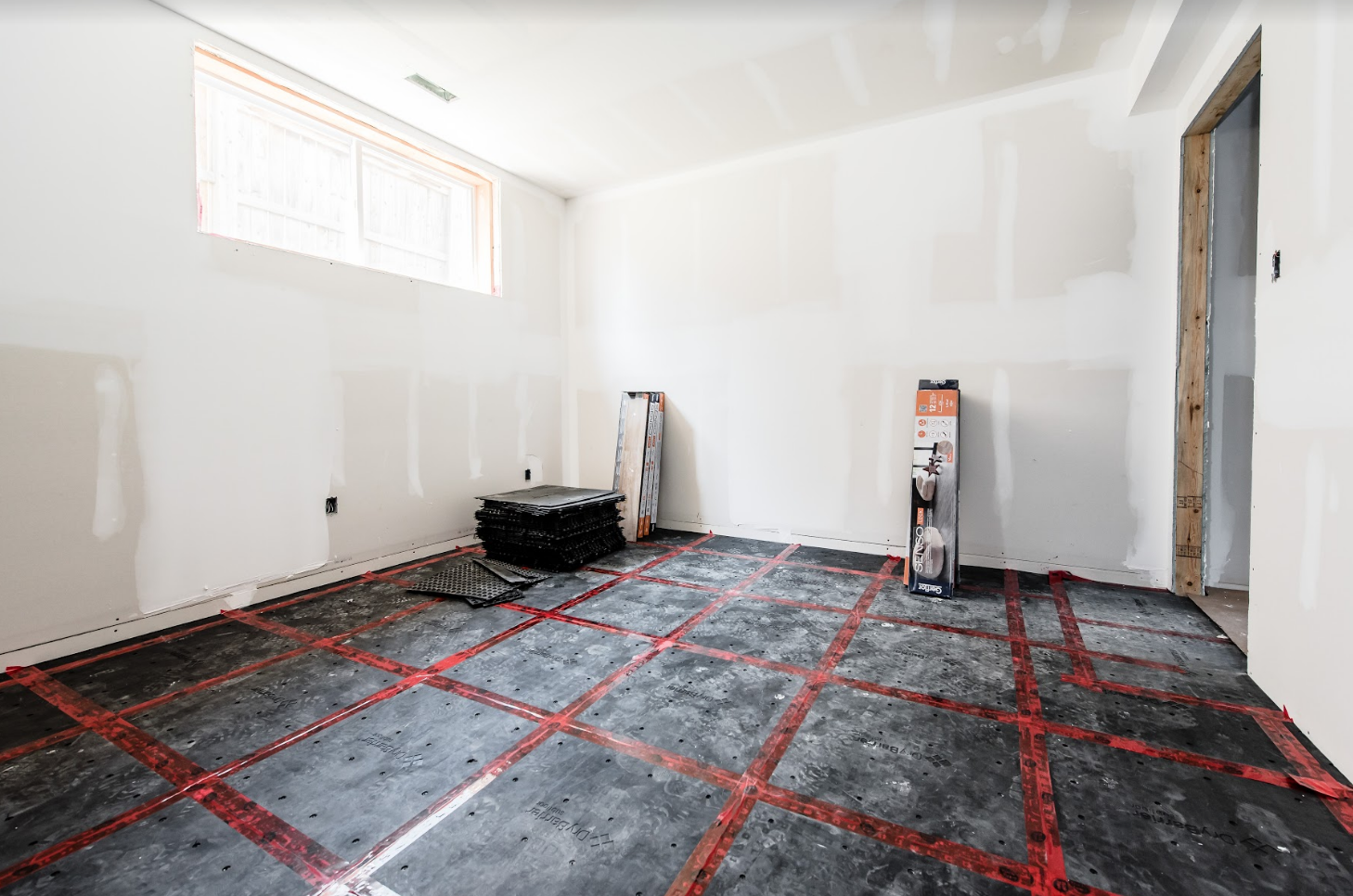
No Subfloor
Installing your flooring directly on cement is a big mistake, because where there is cement, there is moisture – and that can cause mould when it comes into direct contact with the flooring. Having a proper subfloor is important because not only does it create a barrier between your finishing floor and the cement, it also can provide warmth and comfort. Be aware that flooring installed directly on top of cement is guaranteed to cause problems down the road.
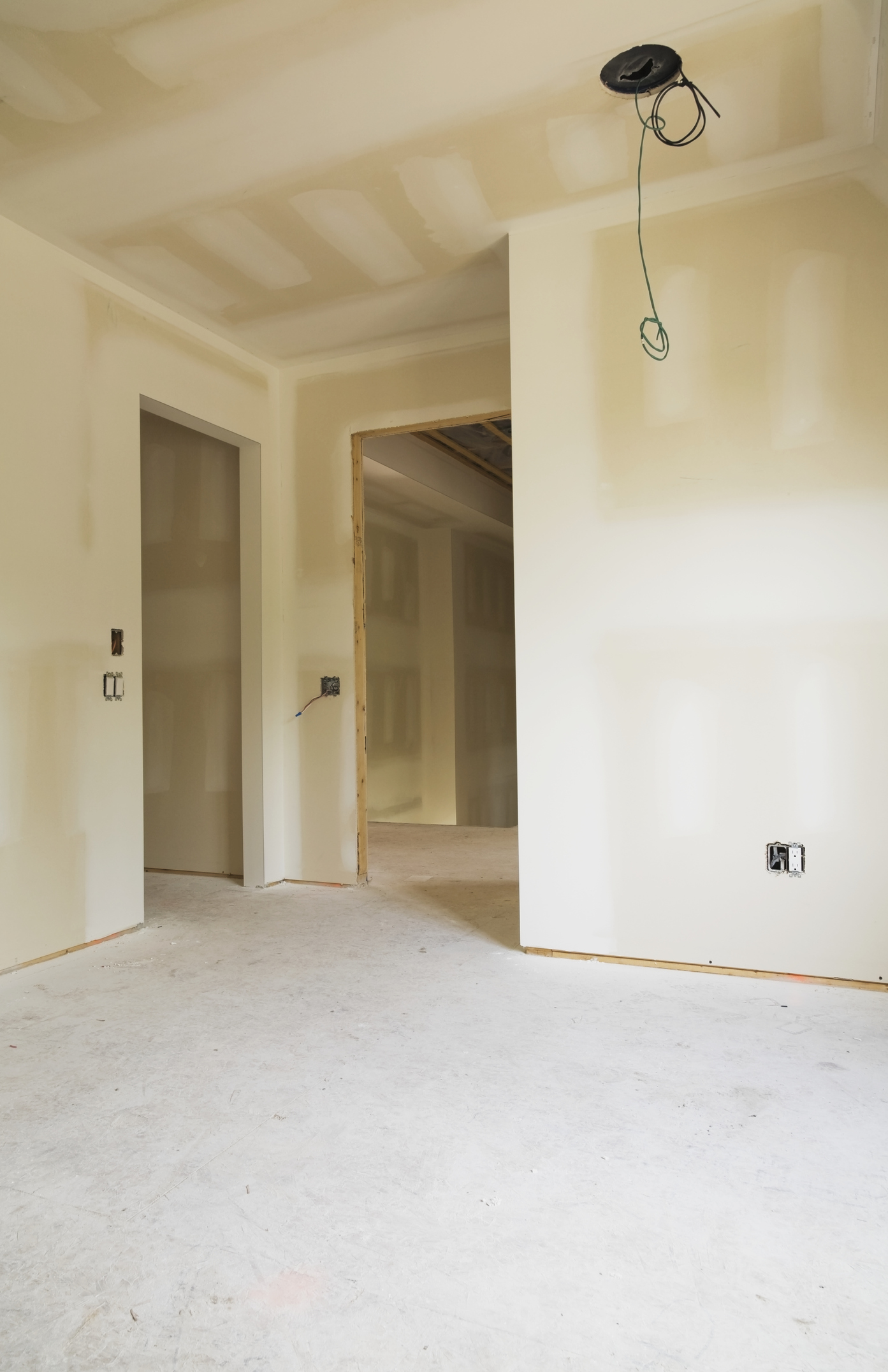
Exposed Wires
Exposed wires, even if perfectly safe, indicate that someone cut corners and couldn’t be bothered to hide them properly (except in rare cases when it’s a deliberate design choice). If your contractor couldn’t be bothered to hide the wires, what else might have been missed?
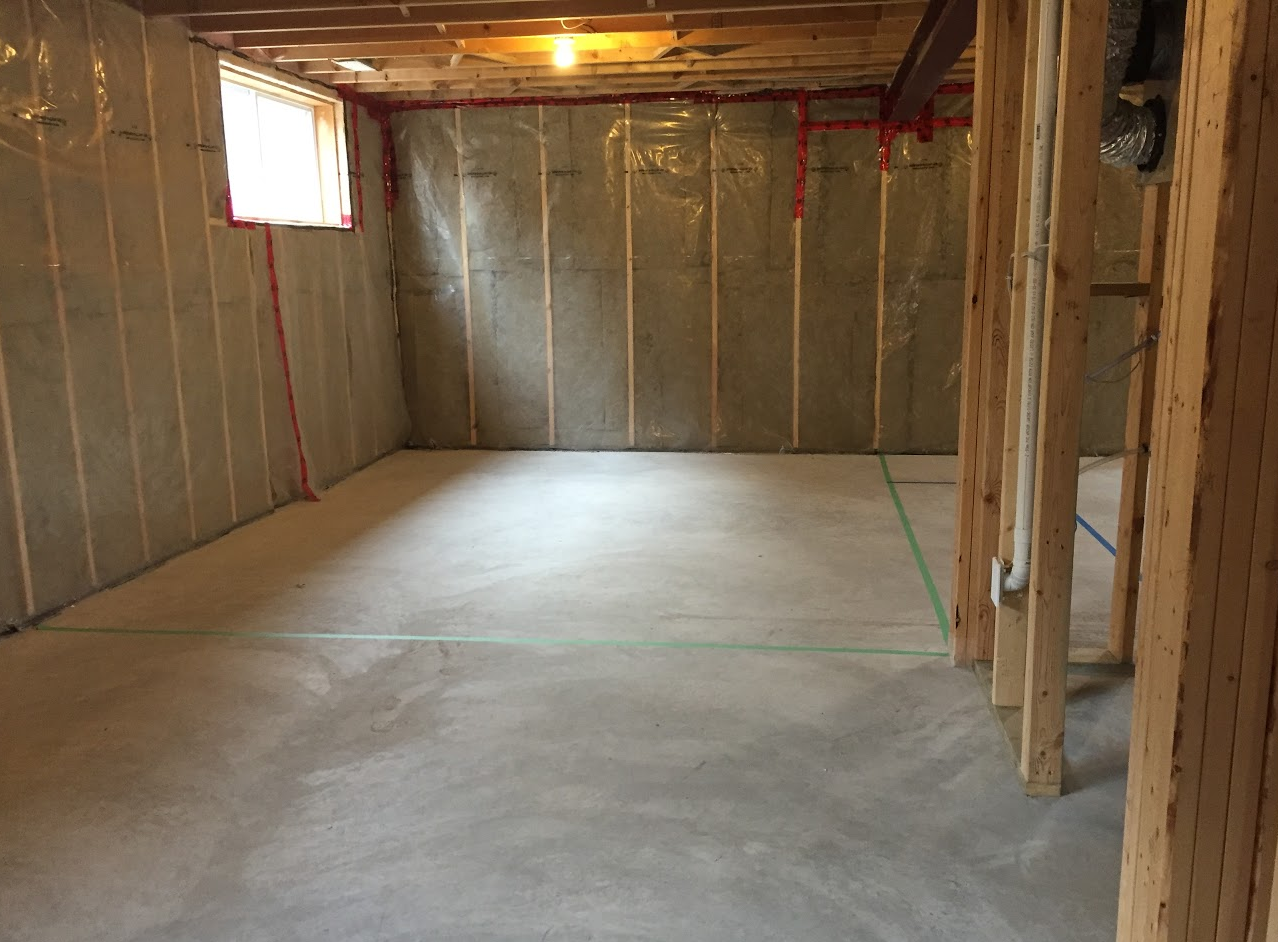
It’s Damp
A newly renovated basement should not be damp or smell musty. Any venting issues or leaks of any kind should have been dealt with during the renovation. If it smells damp, be on the lookout for water around the perimeter of the space, dark stains on the walls that could indicate leaks behind or even condensation around pipes. You’ll want to address these issues ASAP.
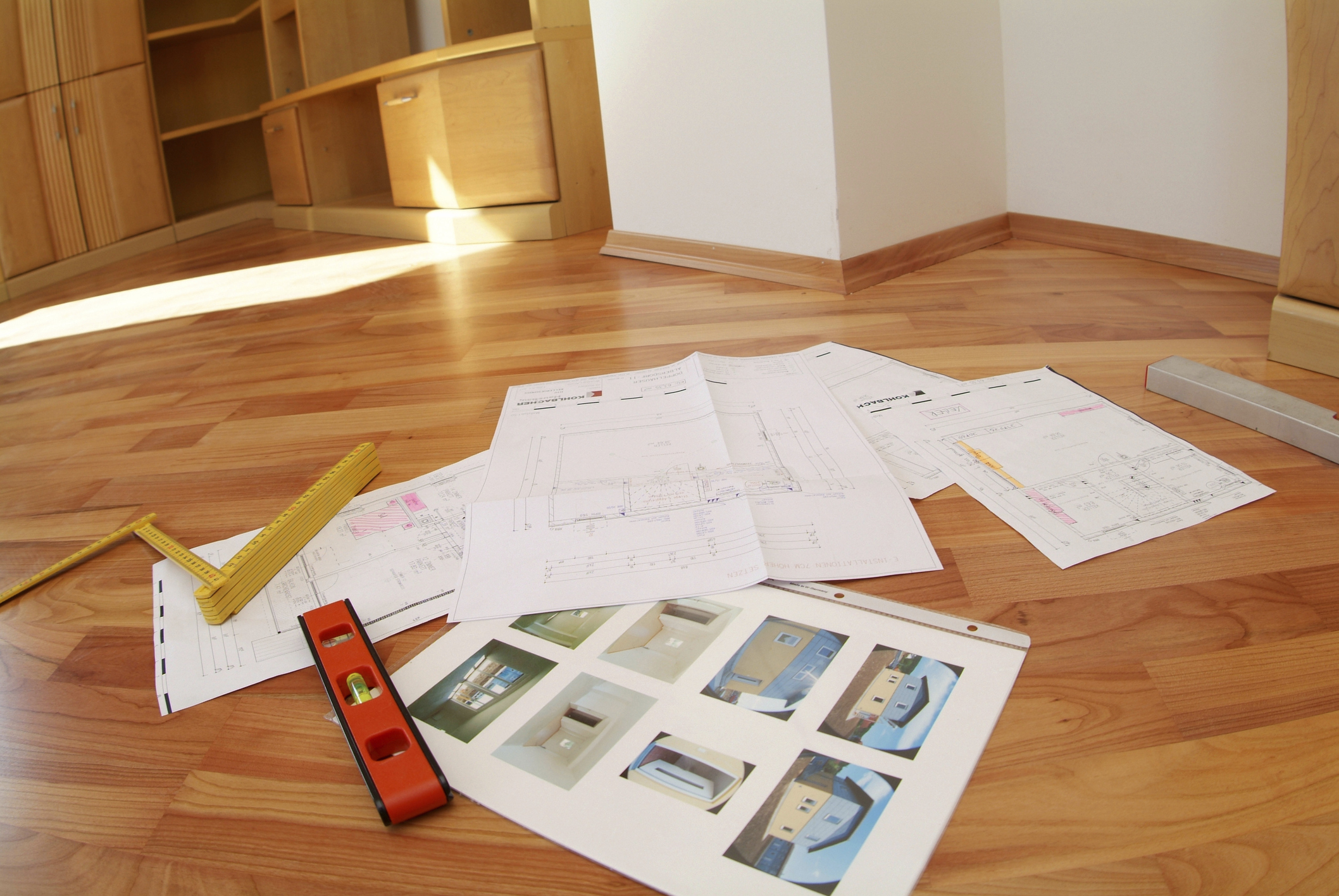
Slanted Floors
There are a lot of reasons why flooring might be sloped in a home. In a basement, the most likely culprit is that it’s sloping very slightly to the drain, which is okay. Otherwise, a sloped floor is a sign of either poor workmanship or something much bigger. It’s possible there might be foundation issues or problems with sinking and those should have most definitely been flagged during a renovation.
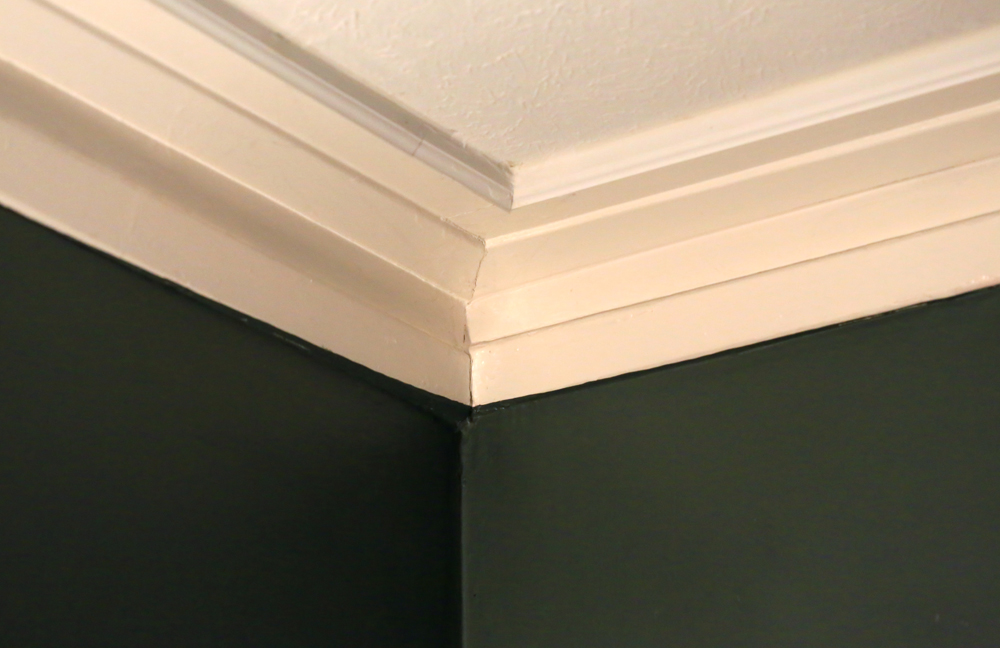
Uneven Moulding
This is a huge pet peeve. When I see baseboards that don’t line up at the joints it raises some major red flags. No contractor who takes any pride in his or her work would allow this to happen. What it says to me is that this was a quick DIY job and it makes me question what other corners have been cut.
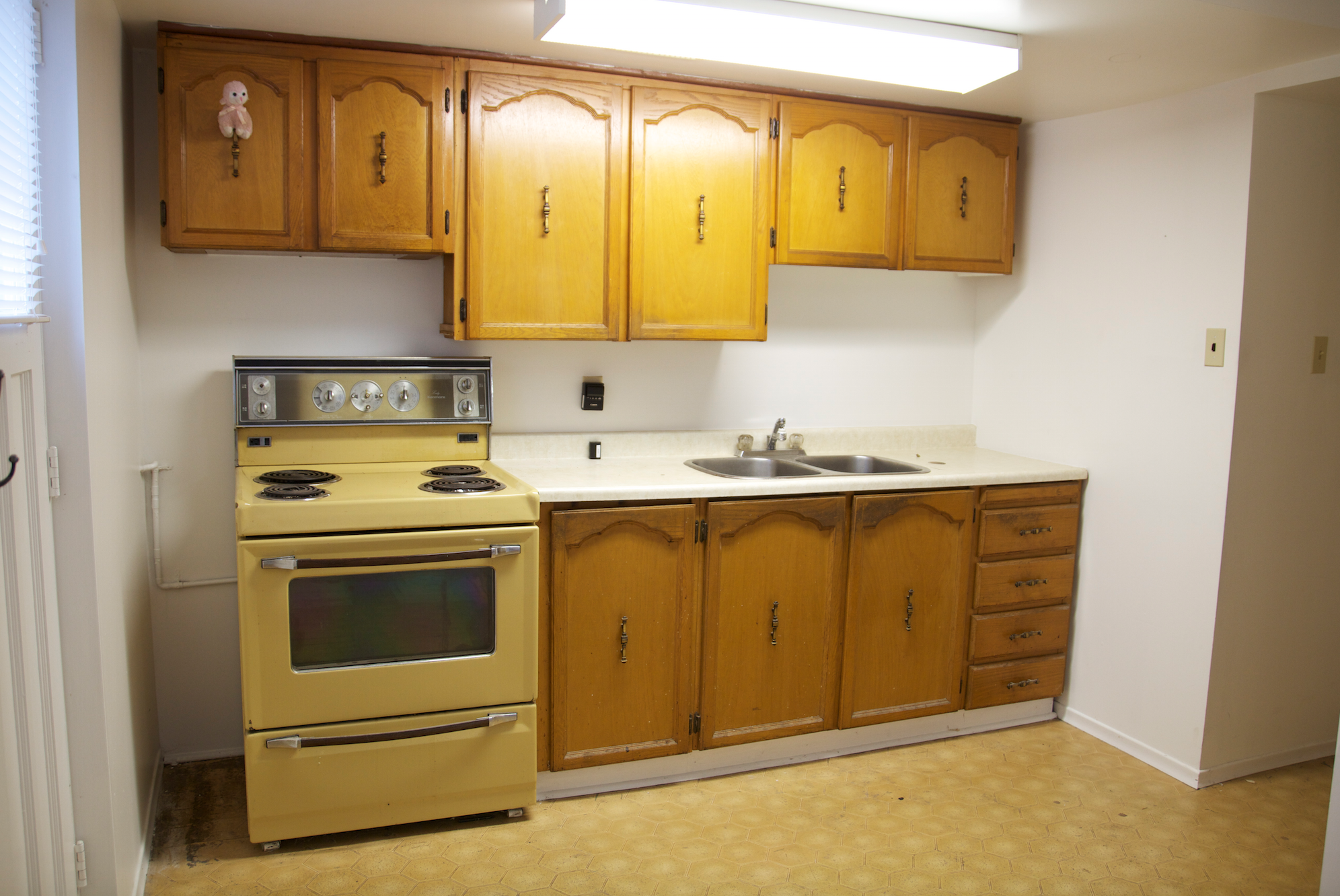
Cheap Finishes
In basement renovations that include income suites, you should be on the lookout for cheap laminate that looks like granite, stick-on tile where a proper backsplash should be, linoleum floors and other cheap finishes. While there’s nothing wrong with opting for less expensive materials, make sure the quality is sufficient.
HGTV your inbox.
By clicking "SIGN UP” you agree to receive emails from HGTV and accept Corus' Terms of Use and Corus' Privacy Policy.




